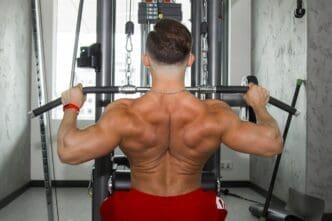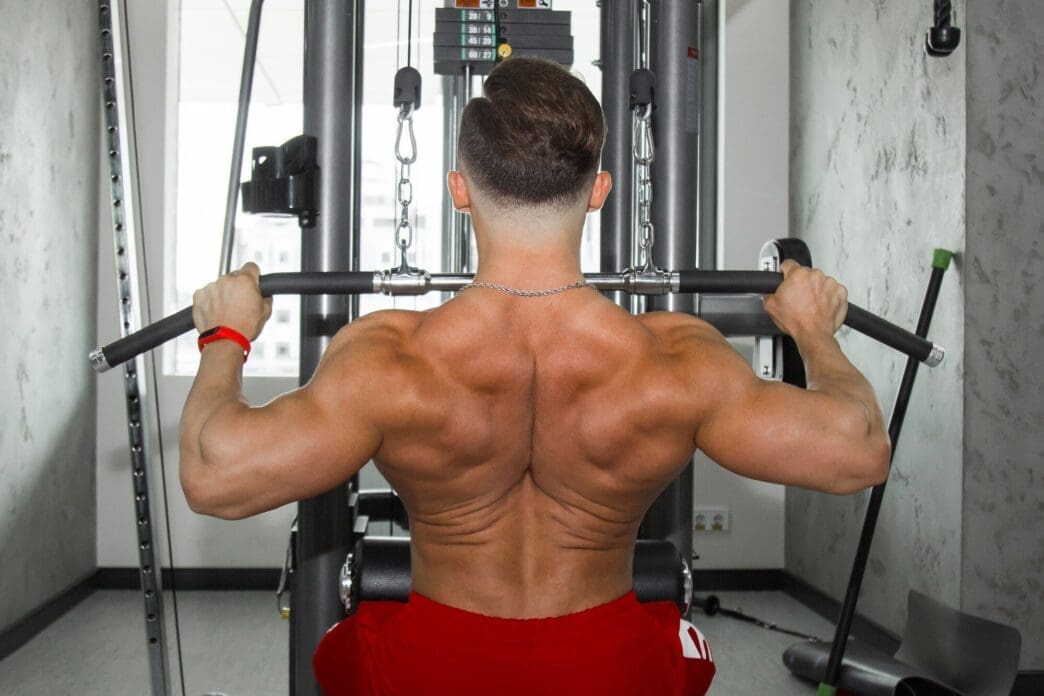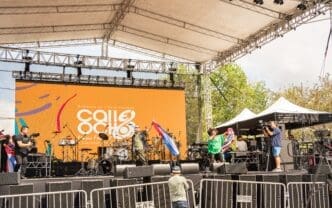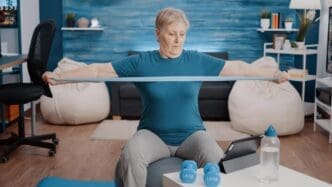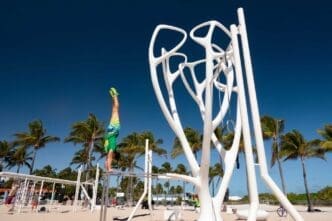A Quick Takeaway
The Story Behind the Trend
How to Make It Work for You
The Community View
Developing a powerful and aesthetically pleasing back is fundamental for overall strength, posture, and a balanced physique. To achieve both the coveted V-taper (width) and impressive density (thickness), individuals must strategically incorporate a range of exercises that target the diverse muscle groups of the back. This comprehensive guide will detail the most effective movements and principles to sculpt a strong, wide, and thick back, suitable for anyone committed to enhancing their physical capabilities and appearance.
The Anatomy of a Strong Back
The back is a complex network of muscles, each playing a vital role in movement, stability, and shape. Understanding these primary groups is key to effective training. The latissimus dorsi, or “lats,” are the largest muscles of the back, responsible for adduction, extension, and internal rotation of the arm, and are the primary contributors to back width. The trapezius muscles (upper, middle, and lower traps) primarily control shoulder blade movement and contribute significantly to upper back thickness and posture. Below these lie the rhomboids (major and minor), which pull the shoulder blades together, adding to mid-back density. Finally, the erector spinae run along the spine, providing crucial support and thickness to the lower back.
A well-developed back not only looks impressive but also offers substantial functional benefits. It improves posture by counteracting the forward pull of chest muscles, reduces the risk of back injuries, and enhances performance in countless daily activities and sports that involve pulling, lifting, or bracing. Neglecting back training can lead to muscular imbalances, poor posture, and increased vulnerability to pain and injury.
Exercises for Developing Back Width
To create the illusion of a narrower waist and broader shoulders, focus on exercises that primarily target the latissimus dorsi. These movements emphasize pulling the arms down and towards the body.
Pull-ups and Chin-ups
These bodyweight staples are arguably the most effective exercises for building back width. Pull-ups, performed with an overhand, wide grip, heavily recruit the lats, while chin-ups, with an underhand, narrower grip, also engage the biceps more significantly. Both variations demand significant upper body strength and are excellent indicators of relative strength.
To maximize lat activation, focus on pulling your elbows down and back, imagining you are trying to touch your elbows to your hips. If traditional pull-ups are too challenging, use an assisted pull-up machine or resistance bands. For advanced lifters, adding external weight via a dip belt can provide progressive overload.
Lat Pulldowns
The lat pulldown machine offers a controlled environment to target the lats and is an excellent alternative or supplement to pull-ups, especially for those who cannot yet perform multiple bodyweight repetitions. This exercise allows for easy adjustment of resistance, making it ideal for progressive overload.
Use a wide, overhand grip, and lean back slightly as you pull the bar down towards your upper chest, squeezing your shoulder blades together. Concentrate on initiating the movement with your lats, not just your arms. Variations like close-grip pulldowns or reverse-grip pulldowns can also be incorporated to hit the lats from slightly different angles and involve more bicep activation.
Exercises for Building Back Thickness
To add density, depth, and a powerful look to your back, incorporate exercises that focus on pulling movements towards the torso, engaging the rhomboids, middle traps, and lower back musculature.
Bent-Over Rows
Bent-over rows, whether performed with a barbell or dumbbells, are a cornerstone for developing overall back thickness. This compound movement engages the entire back, including the lats, rhomboids, and traps, while also challenging the lower back stabilizers. Proper form is paramount to prevent injury.
Maintain a flat back, hinge at your hips, and keep your core tight throughout the movement. Pull the weight towards your lower chest or upper abdomen, squeezing your shoulder blades together at the top of the movement. Control the eccentric (lowering) phase to maximize muscle engagement.
Seated Cable Rows
Seated cable rows provide a consistent tension throughout the movement and are excellent for isolating the mid-back and lats. Different handle attachments can alter the focus: a V-bar emphasizes the inner back, while a wide-grip bar can target the outer lats and upper back.
Sit upright with a slight lean, keeping your chest proud and shoulders back. Pull the handle towards your lower abdomen, squeezing your shoulder blades together. Avoid excessive rocking or using momentum; the movement should be controlled and deliberate.
T-Bar Rows
T-bar rows are a fantastic exercise for adding significant mass and thickness to the mid-back and lats. They can be performed using a dedicated machine or by placing a barbell in a landmine attachment or corner, allowing for a unique arc of motion.
Similar to bent-over rows, maintain a strong, flat back and hinge at the hips. Pull the weight up towards your chest, focusing on squeezing your shoulder blades together. The semi-recline position often allows for heavier loads and a strong contraction.
Deadlifts
While often considered a full-body exercise, the deadlift is unparalleled for building immense strength and thickness in the entire posterior chain, including the erector spinae, traps, and lats. It is a fundamental movement for overall power and muscle development.
Proper deadlift form is critical to prevent injury. Start with a neutral spine, engage your core, and lift the weight by driving through your heels, extending your hips and knees simultaneously. The back muscles work isometrically to maintain spinal rigidity and dynamically to assist in the lift, especially at lockout.
Shrugs
Shrugs specifically target the upper trapezius muscles, contributing to a thicker neck and upper shoulder area. While not directly contributing to back width or mid-back thickness, well-developed traps add to the overall powerful appearance of the upper body.
Whether using a barbell or dumbbells, simply elevate your shoulders directly upwards towards your ears, holding briefly at the peak contraction. Avoid rolling your shoulders, as this can place undue stress on the shoulder joints. Focus on an up-and-down movement.
Principles for Optimal Back Growth
Beyond selecting the right exercises, adhering to fundamental training principles is crucial for maximizing back development. Progressive overload is paramount; consistently strive to lift more weight, perform more repetitions, or increase sets over time. The muscles need to be challenged beyond their current capacity to adapt and grow. Equally important is establishing a strong mind-muscle connection, particularly with back exercises where it can be challenging to feel the target muscles working. Focus intently on squeezing and contracting the lats, rhomboids, or traps during each repetition.
Proper form should always take precedence over lifting heavy weight. Incorrect technique not only reduces the effectiveness of an exercise but also significantly increases the risk of injury. Incorporate a variety of rep ranges, typically 3-5 sets of 8-12 repetitions for hypertrophy, but also include heavier sets (5-8 reps) for strength and lighter sets (12-15+ reps) for endurance and increased blood flow. Finally, remember that muscles grow during rest and recovery. Ensure adequate sleep, proper nutrition, and sufficient time between back training sessions for optimal repair and growth.
Building a Powerful Back
Achieving a truly impressive back requires a dedicated and intelligent approach, combining exercises that target both width and thickness with unwavering consistency. By understanding the anatomy, executing movements with precision, and applying principles of progressive overload and recovery, anyone can sculpt a strong, broad, and dense back that not only enhances their physique but also fortifies their functional strength and posture for a lifetime.

